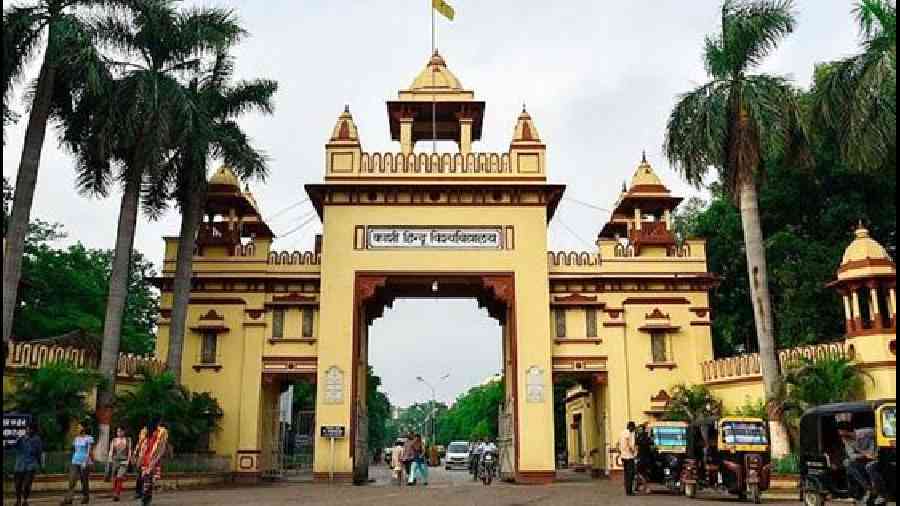Walking backward is a skill; India is rapidly improving in this esoteric sport. Banaras Hindu University is engaged in research on the ‘applicability’ of the Manusmriti to modern Indian society. Caste and patriarchy are this ancient text’s dominant themes, because of which B.R. Ambedkar burnt it more than 90 years ago. The rights and principles enshrined in the Constitution, including the awareness of and possible solution to the historic injustices experienced by certain castes, are directly contrary to the beliefs promoted by Manusmriti. The research is using the grant from the Centre given to BHU as an Institution of Eminence. Manusmriti is part of the academic curriculum that studies ancient texts. But research into its applicability to contemporary society is a different matter altogether. Ignoring the basis of the Constitution or turning to regressive ideas is bad enough, but the conviction that a selection of those can work today is truly sinister.
It is a text which says that Dalits or, according to the principal investigator of the project, ‘Shudras’, must serve the upper castes without grumbling and can have no rights, including that to education. The investigator said that dharma depends on everyone doing their ‘duty’, which relates to a person’s varna or caste and the four ashramas. His cover-up, that a Shudra is someone with no knowledge but not a caste, is ridiculous: it is not what the text pushes. What is ominous is the comment that since sages have endorsed Manusmriti no new endorsement is needed. All this may leave the foolish wondering whether the ashramas — banaprasthya and sanyas, for instance — ‘apply’ to political leaders too. Besides stripping a huge percentage of the population of their rights and dignity by promulgating caste, the text reduces women to objects to be controlled. They cannot be independent; the chief researcher defended the idea that the woman’s place is in the home. The man may even marry again if his wife is childless but — glory be — only with his first wife’s permission. The woman is just a possession of the husband or son or, alternatively, ‘supported’ by the family.
The question here is, why? Is the project touting applicability of the research to ease the use of funds? Or is it another way of pushing the envelope to see how much ugliness, conflict, pain, hate and turmoil the people will accept for the sake of the advantages and prejudices of a dominating segment? Brahmanism is part of the Hindutva project. So, is there support from the leadership at the Centre? If none, the Centre should stop the misuse of its funds. Otherwise, it will be seen as a way, gradual perhaps, of re-introducing casteist exploitation through the ruse of religion and encouraging the violent oppression of women. Ambedkar had said in the context of Manusmriti that religion and slavery are not compatible. Presumably, the researchers and their backers believe just the opposite.










